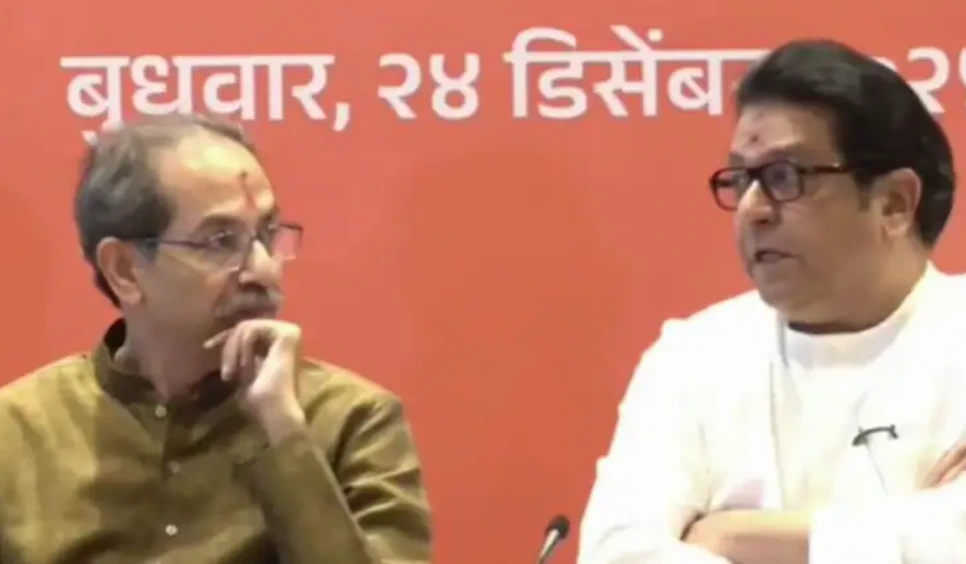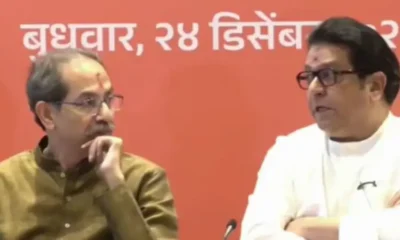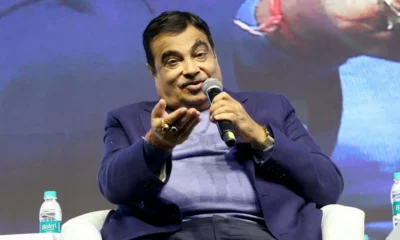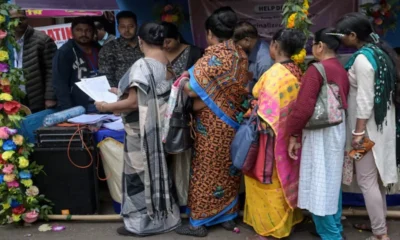India News
Navaratri 2022: Rituals and festivities performed during Shardiya Navaratri
Another important component of the festival is the Durga Aarti which is the prayer performed twice a day to honour the goddess Durga.

India News
Thackeray cousins reunite for Mumbai civic polls, announce Shiv Sena UBT–MNS alliance
Uddhav and Raj Thackeray have reunited after two decades, announcing a Shiv Sena–MNS alliance for the upcoming BMC elections with a focus on Marathi identity.
India News
Nitin Gadkari flags Delhi air pollution, says two-day stay causes infection
Union minister Nitin Gadkari says spending two days in Delhi leads to infection, flags fossil fuel use as a major cause of pollution and calls for alternative energy solutions.
India News
Over 24 lakh voters dropped from Kerala draft electoral roll after special revision
The Election Commission has removed over 24 lakh names from Kerala’s draft voter lists after verification during the Special Intensive Revision process.
-

 India News23 hours ago
India News23 hours agoProtests outside Bangladesh High Commission in Delhi over lynching of Hindu youth in Bangladesh
-

 India News20 hours ago
India News20 hours agoBJP raises seat offer to Eknath Shinde’s Shiv Sena to nearly 90 ahead of Mumbai civic polls, talks continue
-

 India News21 hours ago
India News21 hours agoEveryone has their demands: Robert Vadra responds to calls for Priyanka Gandhi as PM candidate
-
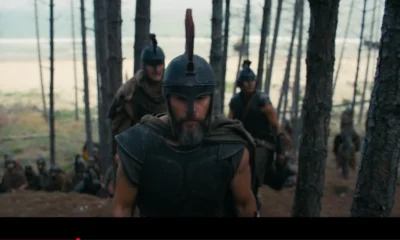
 Entertainment20 hours ago
Entertainment20 hours agoThe Odyssey trailer: Christopher Nolan unveils first look of epic journey led by Matt Damon
-

 Entertainment20 hours ago
Entertainment20 hours agoGovinda’s Avatar: Fire and Ash cameo clips go viral, truth behind the AI-generated videos
-

 India News23 hours ago
India News23 hours agoJ&K cabinet clears residential plot allotment for flood-affected families
-

 India News5 hours ago
India News5 hours agoIndia’s LVM3 Baahubali rocket launches heaviest satellite ever from Indian soil
-

 Latest world news5 hours ago
Latest world news5 hours agoBangladesh student leader killing sparks allegation against Yunus-led interim government over February polls













